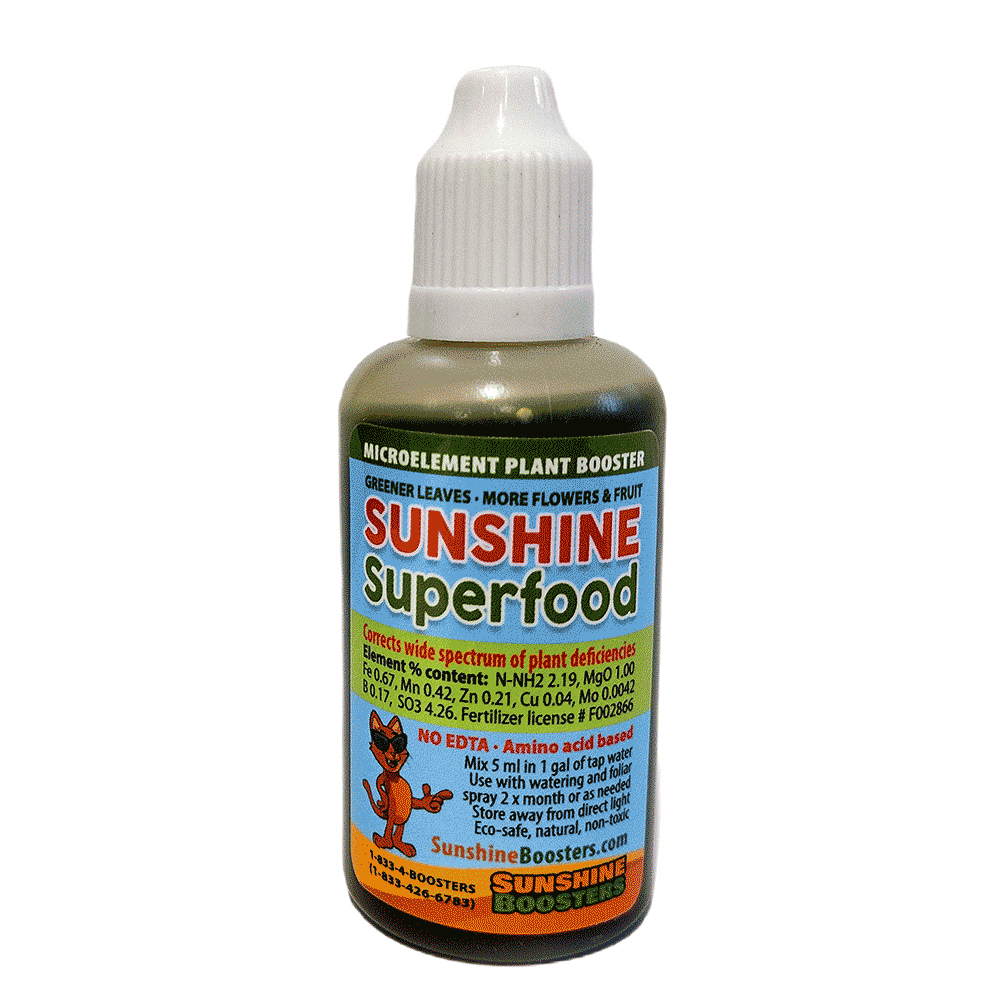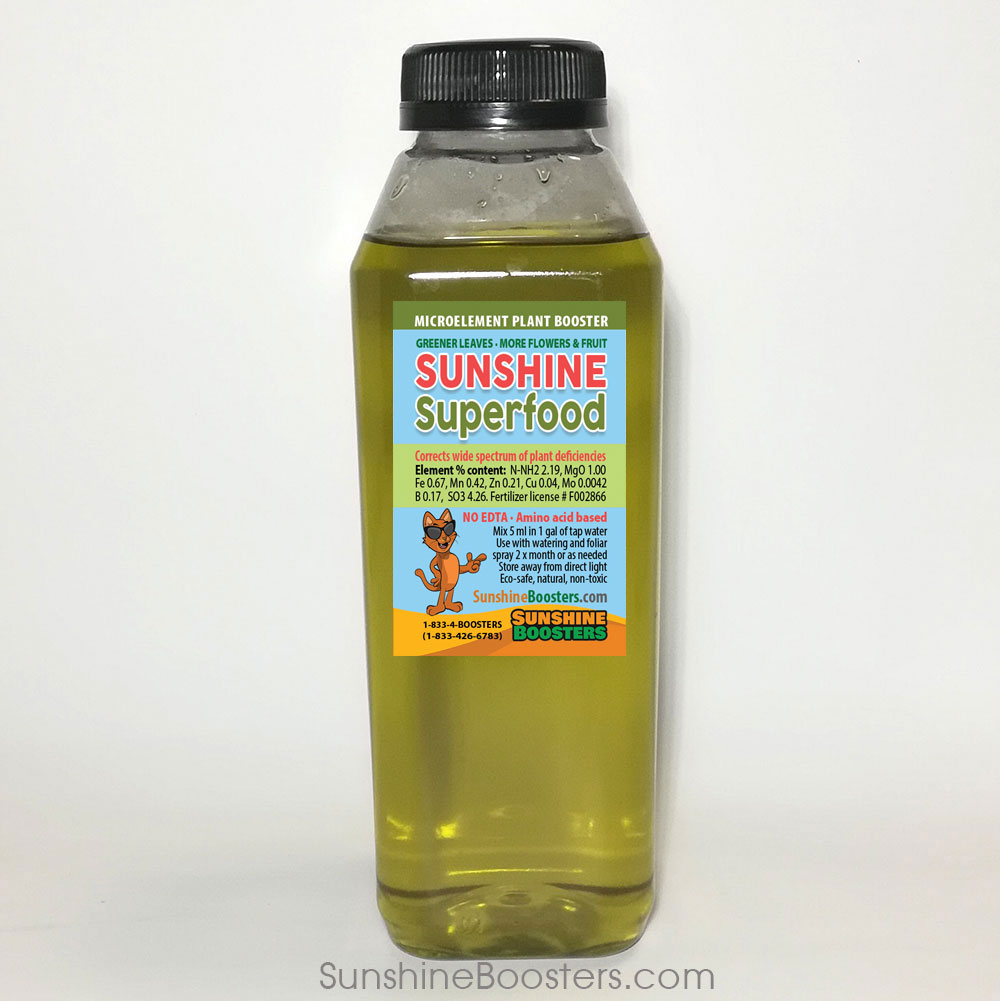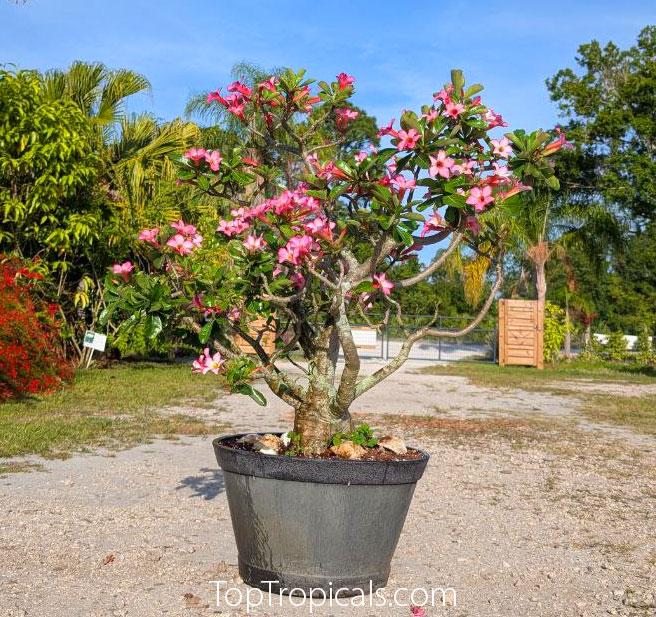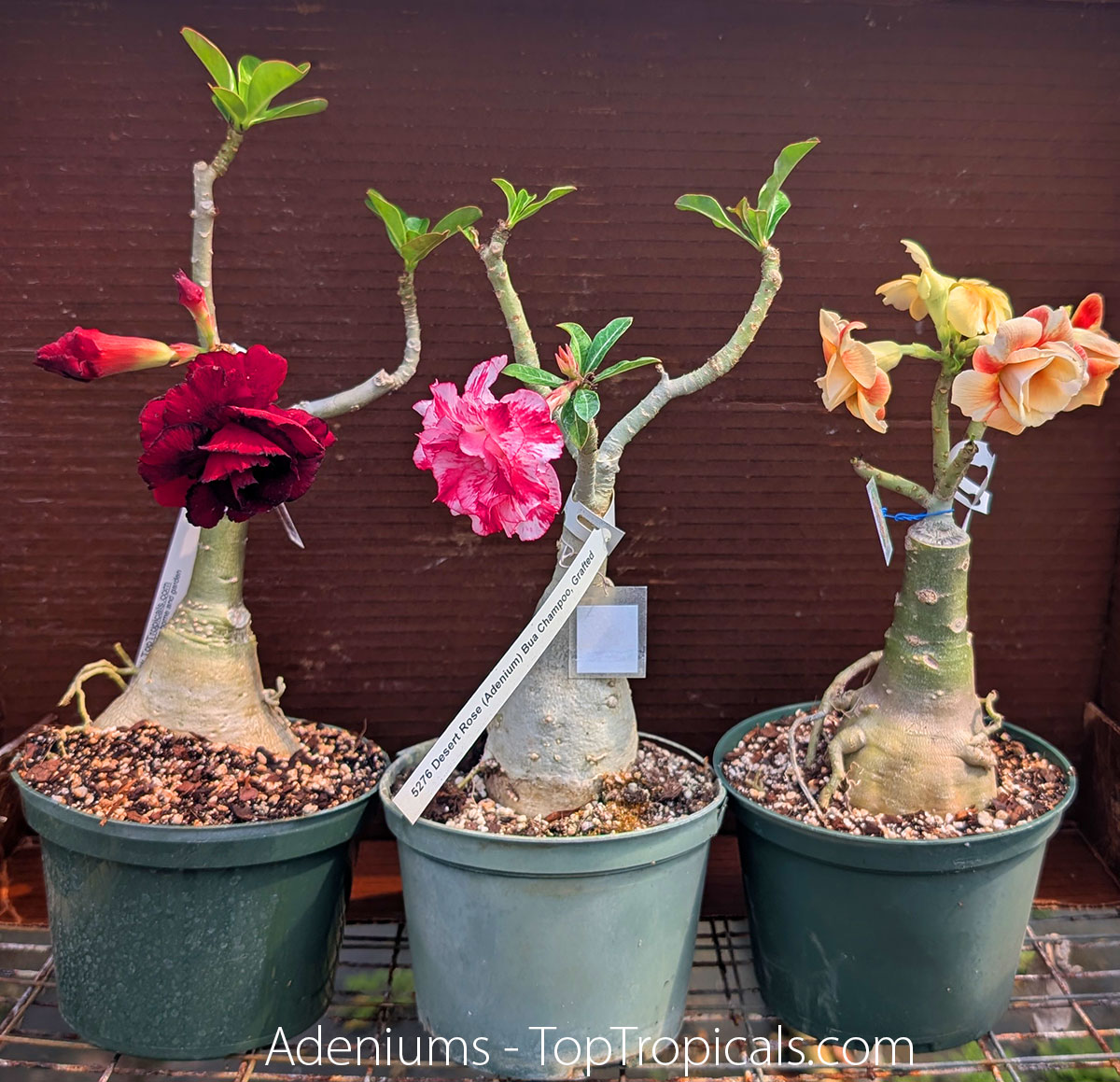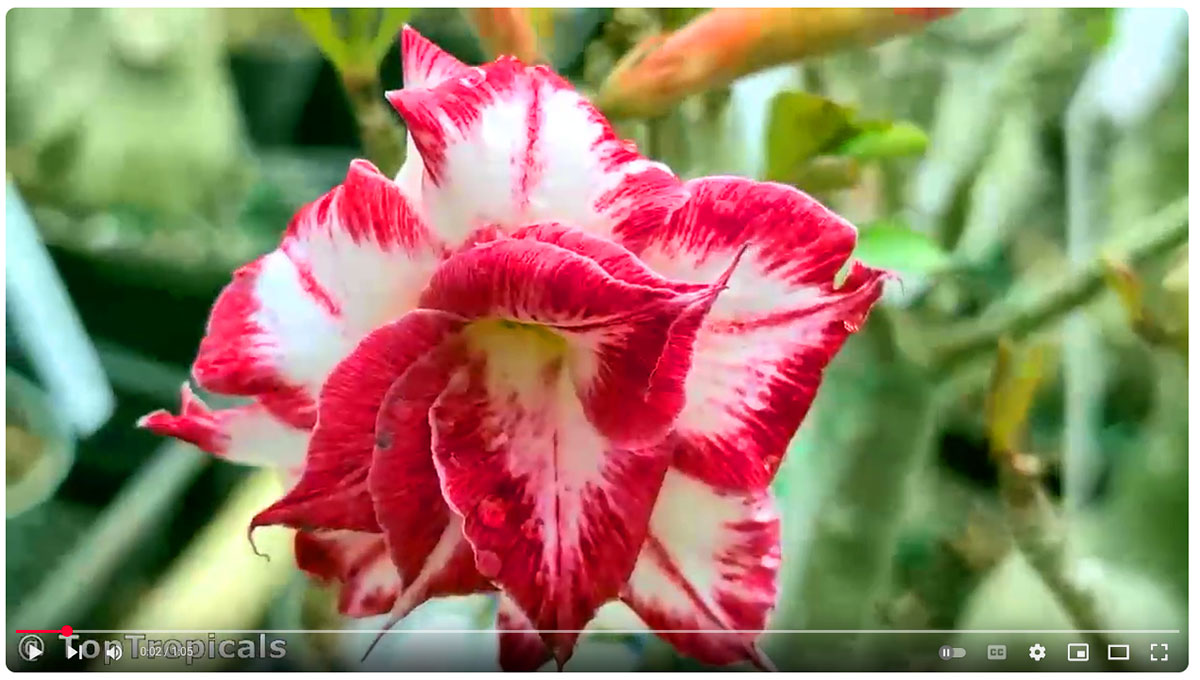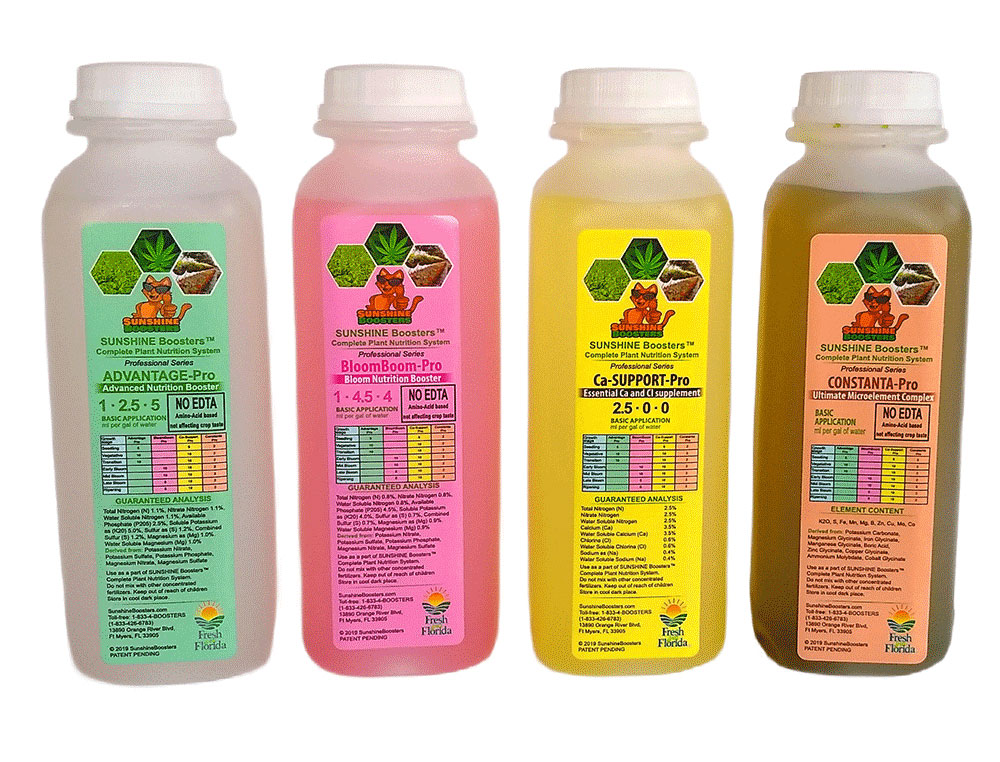New Plumerias just landed! Heres how to make them bloom
Plumeria flowers slide show
- 🌸 We've got stunning new Plumeria varieties in stock - but quantities are limited, so don’t wait! Choose your favorite colors and bring home the fragrance of the tropics!
- 🌸 These tropical beauties are famous for their rich colors and incredible fragrance. With just a few simple steps, you can grow your own blooming Plumeria tree and enjoy flowers just like in the pictures.
- 🌸 How to Grow a Blooming Plumeria?
Give your Plumeria the right soil, the right pot, and plenty of sun. Let it rest in winter, and feed it with the right fertilizer - and it will reward you with nonstop blooms! Use Sunshine Abundance Soil Mix for healthy roots and Sunshine Megaflor Bloom Booster to fuel abundant flowering.
📱 Watch this video in high resolution on YouTube
🛒 Shop Plumeria Collection
📚 Learn more from previous posts:
What is the most unusual Plumeria?
Why Perfumed Plumeria is tricky
How to grow a fragrant Plumeria
What is the most celebrated fragrant flower?
#Perfume_Plants #How_to
🔴 Join 👉 TopTropicals
